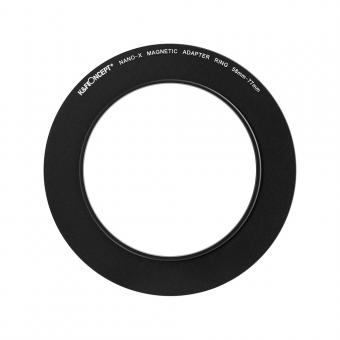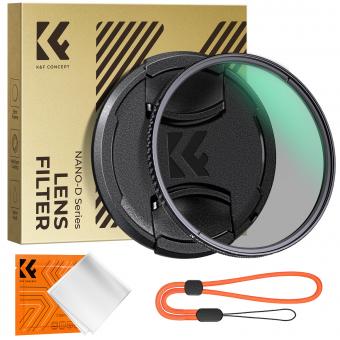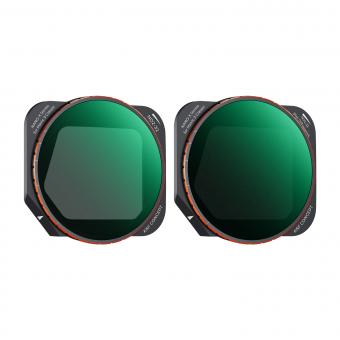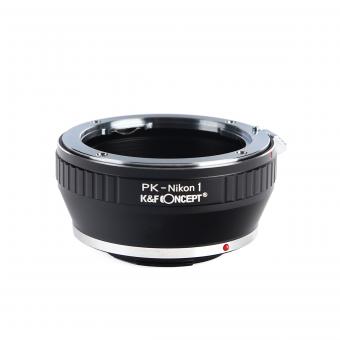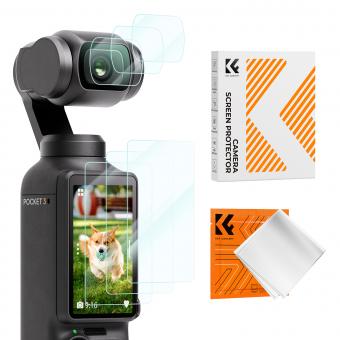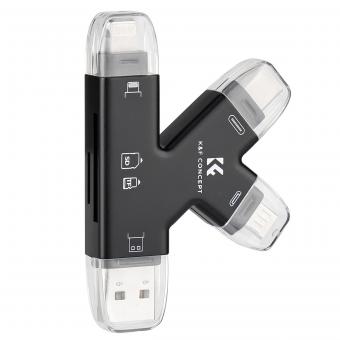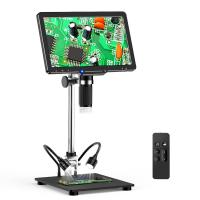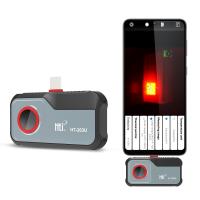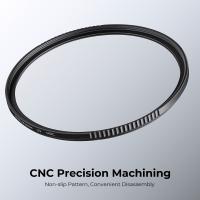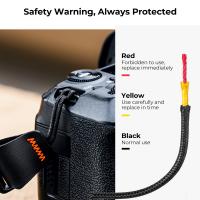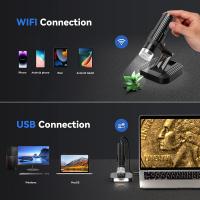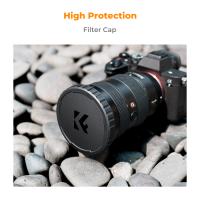What Are Endoscopes Used For ?
Endoscopes are medical devices used for visualizing and examining the internal organs and structures of the body. They are typically long, flexible tubes with a light source and a camera attached to one end. Endoscopes are inserted into the body through natural openings or small incisions to provide real-time images of the internal organs on a monitor.
Endoscopes are commonly used in various medical procedures, such as:
1. Gastrointestinal Endoscopy: Used to examine the digestive tract, including the esophagus, stomach, and intestines. It helps diagnose conditions like ulcers, polyps, and gastrointestinal bleeding.
2. Bronchoscopy: Used to visualize the airways and lungs. It helps diagnose and treat conditions like lung infections, tumors, and blockages.
3. Colonoscopy: Used to examine the colon and rectum. It is a screening tool for detecting colorectal cancer and other abnormalities.
4. Laparoscopy: Used in minimally invasive surgery to examine and operate on the abdominal and pelvic organs. It requires small incisions and is associated with faster recovery times.
5. Arthroscopy: Used to visualize and treat joint conditions, particularly in orthopedic surgery. It helps diagnose and repair joint injuries and diseases.
Overall, endoscopes play a crucial role in diagnosing and treating various medical conditions by providing direct visualization of internal structures.
1、 Medical diagnosis and visualization of internal body structures.
Endoscopes are medical devices that are used for the diagnosis and visualization of internal body structures. They are essentially long, flexible tubes with a light and camera attached to one end, allowing doctors to see inside the body without the need for invasive surgery.
One of the primary uses of endoscopes is in the field of gastroenterology. Gastrointestinal endoscopes are used to examine the digestive tract, including the esophagus, stomach, and intestines. They can help diagnose conditions such as ulcers, polyps, and tumors, and can also be used to take biopsies for further analysis.
Endoscopes are also commonly used in the field of pulmonology to examine the respiratory system. Pulmonary endoscopes are inserted through the mouth or nose and can reach the lungs, allowing doctors to diagnose and monitor conditions such as lung cancer, pneumonia, and chronic obstructive pulmonary disease (COPD).
In addition to these traditional uses, endoscopes are now being used in innovative ways. For example, capsule endoscopy involves swallowing a small, pill-sized camera that takes pictures as it travels through the digestive tract. This technology allows for a more comprehensive examination of the small intestine, which was previously difficult to access with traditional endoscopes.
Furthermore, advances in technology have led to the development of minimally invasive surgical procedures using endoscopes. These procedures, known as endoscopic surgeries, allow surgeons to perform complex surgeries with smaller incisions, resulting in reduced pain, shorter recovery times, and fewer complications.
In conclusion, endoscopes are invaluable tools in the field of medicine, enabling doctors to diagnose and visualize internal body structures. With ongoing advancements, endoscopes continue to play a crucial role in improving patient care and outcomes.
2、 Minimally invasive surgical procedures.
Endoscopes are medical devices that are used for a variety of purposes, with one of the most common being minimally invasive surgical procedures. These procedures involve using small incisions and specialized instruments to access and treat internal organs or structures, reducing the need for large surgical incisions and resulting in faster recovery times and fewer complications for patients.
Endoscopes are equipped with a light source and a camera, allowing surgeons to visualize the area being treated on a monitor. This enables them to navigate and perform precise surgical maneuvers with the help of tiny surgical instruments that are inserted through additional small incisions. The use of endoscopes in minimally invasive surgery has revolutionized many medical fields, including gastroenterology, urology, gynecology, and orthopedics.
In recent years, there have been significant advancements in endoscopic technology, leading to improved visualization and enhanced surgical capabilities. For example, high-definition cameras and three-dimensional imaging systems provide surgeons with a clearer and more detailed view of the surgical site. Additionally, robotic-assisted endoscopic surgery is becoming increasingly common, allowing for even greater precision and control during procedures.
Furthermore, endoscopes are not only used for surgical procedures but also for diagnostic purposes. They can be used to examine and biopsy tissues, detect abnormalities, and diagnose various conditions. Endoscopic procedures such as colonoscopy, bronchoscopy, and cystoscopy have become routine in the diagnosis and management of diseases affecting the gastrointestinal tract, respiratory system, and urinary system, respectively.
In conclusion, endoscopes are primarily used for minimally invasive surgical procedures, allowing surgeons to access and treat internal structures with smaller incisions and reduced trauma to the patient. The latest advancements in endoscopic technology have further improved surgical outcomes and expanded the range of procedures that can be performed using this approach. Additionally, endoscopes play a crucial role in diagnostic procedures, aiding in the detection and diagnosis of various medical conditions.
3、 Gastrointestinal tract examination and treatment.
Endoscopes are medical devices that are used for the examination and treatment of various parts of the body. One of the most common uses of endoscopes is in the examination and treatment of the gastrointestinal (GI) tract.
Gastrointestinal endoscopy involves the use of a flexible tube with a light and camera at the end, known as an endoscope, to visualize the inside of the GI tract. This procedure allows doctors to diagnose and treat a wide range of conditions affecting the esophagus, stomach, small intestine, and colon.
During a gastrointestinal endoscopy, the endoscope is inserted through the mouth or anus and carefully maneuvered through the GI tract. The camera on the endoscope transmits real-time images to a monitor, allowing the doctor to examine the lining of the GI tract for abnormalities such as ulcers, polyps, tumors, or inflammation. Biopsies can also be taken during the procedure for further analysis.
In addition to diagnosis, endoscopes are also used for therapeutic purposes. For example, if a polyp or tumor is detected, it can be removed using specialized instruments passed through the endoscope. Endoscopes can also be used to treat conditions such as bleeding ulcers, strictures, or blockages by performing procedures like dilation or stent placement.
The latest advancements in endoscopy technology have further improved the accuracy and effectiveness of GI tract examination and treatment. For instance, high-definition imaging allows for better visualization of the GI tract, enhancing the detection of subtle abnormalities. Additionally, advanced endoscopic techniques such as endoscopic submucosal dissection (ESD) and endoscopic mucosal resection (EMR) have revolutionized the treatment of early-stage gastrointestinal cancers, offering a minimally invasive alternative to surgery.
Overall, endoscopes play a crucial role in the diagnosis and treatment of gastrointestinal conditions. They provide a less invasive and more precise approach to examining and treating the GI tract, leading to improved patient outcomes and quality of life.
4、 Respiratory system evaluation and intervention.
Endoscopes are commonly used for respiratory system evaluation and intervention. These medical devices are designed to provide a visual examination of the respiratory tract, allowing healthcare professionals to diagnose and treat various conditions affecting the lungs and airways.
One of the primary uses of endoscopes in the respiratory system is to evaluate and diagnose lung diseases such as chronic obstructive pulmonary disease (COPD), asthma, and lung cancer. By inserting the endoscope through the nose or mouth, doctors can directly visualize the airways and identify any abnormalities or signs of disease. This enables them to make accurate diagnoses and develop appropriate treatment plans.
Endoscopes are also used for interventional procedures in the respiratory system. For example, they can be used to perform bronchoscopies, which involve the insertion of a flexible or rigid endoscope into the airways to remove foreign objects, collect tissue samples for biopsy, or treat conditions such as airway blockages or bleeding. Additionally, endoscopes can be used to guide the placement of stents or tubes in the airways to improve breathing and relieve symptoms.
In recent years, there have been advancements in endoscopic technology that have further enhanced their utility in respiratory system evaluation and intervention. For instance, the development of video bronchoscopes with high-definition imaging capabilities has improved the visualization of the airways, allowing for more accurate diagnoses. Additionally, the introduction of minimally invasive techniques, such as endobronchial ultrasound (EBUS), has revolutionized the diagnosis and staging of lung cancer by enabling real-time imaging of the lungs and nearby lymph nodes.
Overall, endoscopes play a crucial role in the evaluation and intervention of respiratory system disorders. They provide healthcare professionals with a direct view of the airways, enabling accurate diagnoses and targeted treatments. With ongoing advancements in technology, endoscopes continue to evolve, offering improved visualization and minimally invasive options for patients with respiratory conditions.



